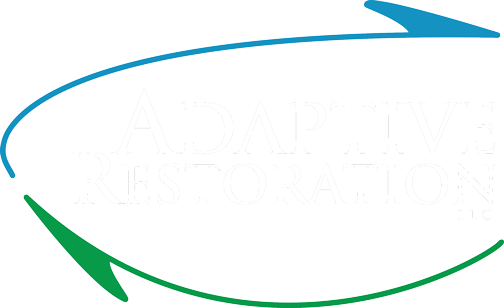Adaptive Restoration provides the ecological equivalent of “design-build”. We design and implement prairie, wetland, savanna and oak woodland restorations. This involves meeting with you to determine your restoration needs and desires, conducting an ecological assessment of your project site to determine the initial restoration actions and design, designing the restoration, and carrying out the restoration process from the start-up to maintenance phase.
Restoration design involves mapping the project site and determining the constraints and opportunities of the project. Ecological assessments include identifying and mapping the on-site factors that influence the restoration process, such as soil types, hydrology, presence of invasive species, seed bank analysis, and flora/fauna surveys. The restoration process involves removal of invasive and non-native species from the site, preparing the soil for seeding of species to be restored, planning and implementing prescribed burns, and monitoring the effects of these actions.
Restoration maintenance includes identifying and removing weedy invasive and non-native species, monitoring the response of restored species and conducting activities to promote desirable species, such as prescribed burns.
Restorative forestry integrates the practice of savanna and oak woodland restoration with low-impact timber harvests.
Ready to get started?
Contact us at info@adaptiverestoration.com to schedule a site consultation today.


